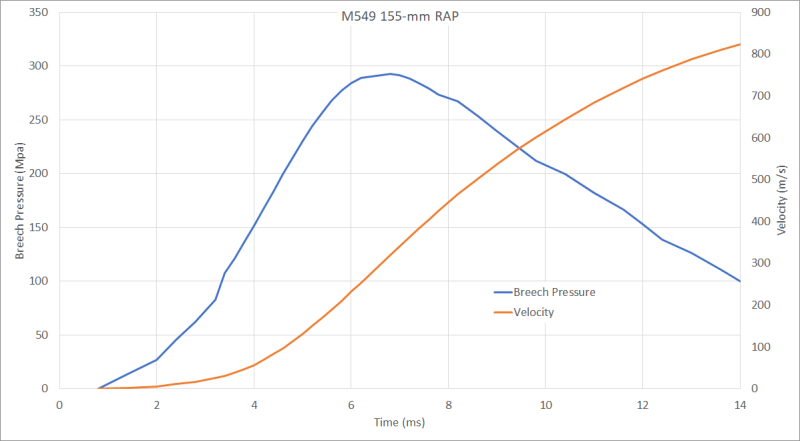Mechbob1
Mechanical
- Feb 18, 2022
- 21
Hi, I'm a recently graduated engineer who's working on calculating the force exerted on a rigidly mounted weapon mount as a result of recoil. I'm hoping someone can have a look and see if I'm on the right path, and that what I'm doing makes sense for an approximation.
Using a bunch of variables, I was able to calculate the weapon's recoil velocity. Then, I calculated the kinetic energy from the weapon's velocity and the mass of weapon.
Now, I have an answer in Joules, but am unsure how to use that to calculate a force. Anyone able to advise?
As I was stuck there, I then tried, instead, using impulse and momentum and the following forumla:
F * change in T = m*v(initial) - m*v(final).
This gave me a force, but I'm unsure if it's a correct way to do it. Anyone have anything to add?
First post, so please advise if I need to add anything else.
Thanks.
Using a bunch of variables, I was able to calculate the weapon's recoil velocity. Then, I calculated the kinetic energy from the weapon's velocity and the mass of weapon.
Now, I have an answer in Joules, but am unsure how to use that to calculate a force. Anyone able to advise?
As I was stuck there, I then tried, instead, using impulse and momentum and the following forumla:
F * change in T = m*v(initial) - m*v(final).
This gave me a force, but I'm unsure if it's a correct way to do it. Anyone have anything to add?
First post, so please advise if I need to add anything else.
Thanks.




![[pipe] [pipe] [pipe]](/data/assets/smilies/pipe.gif)